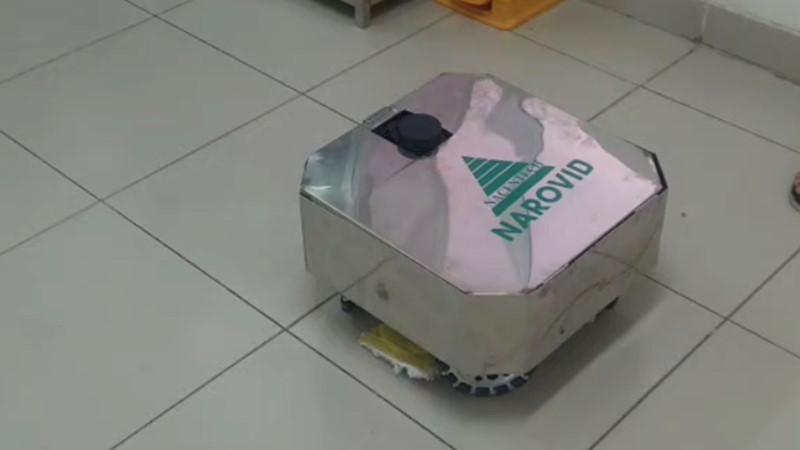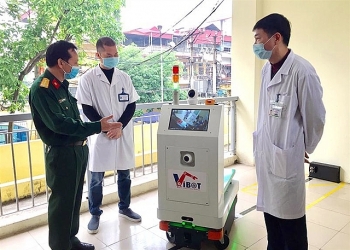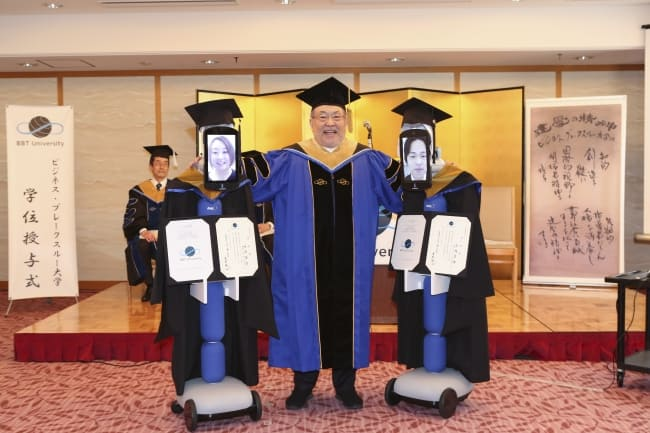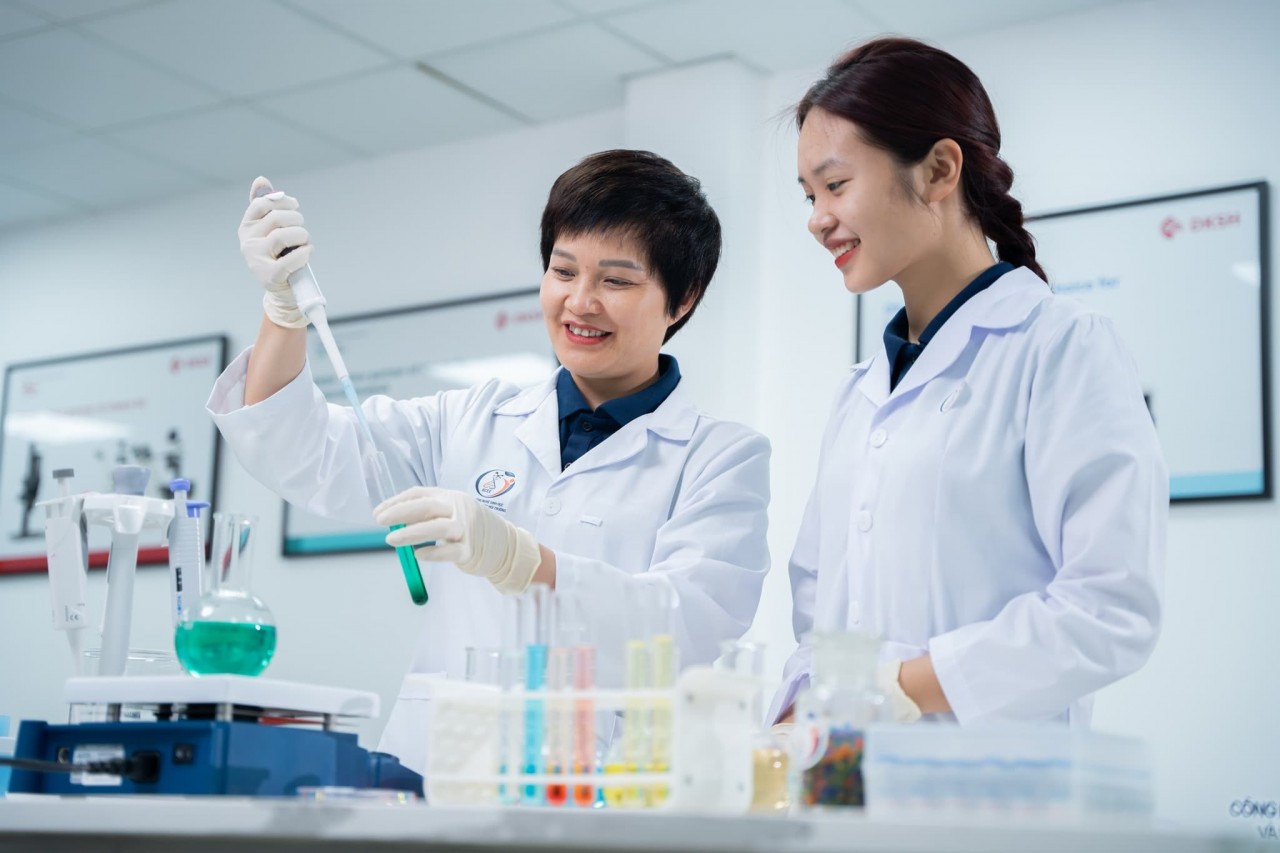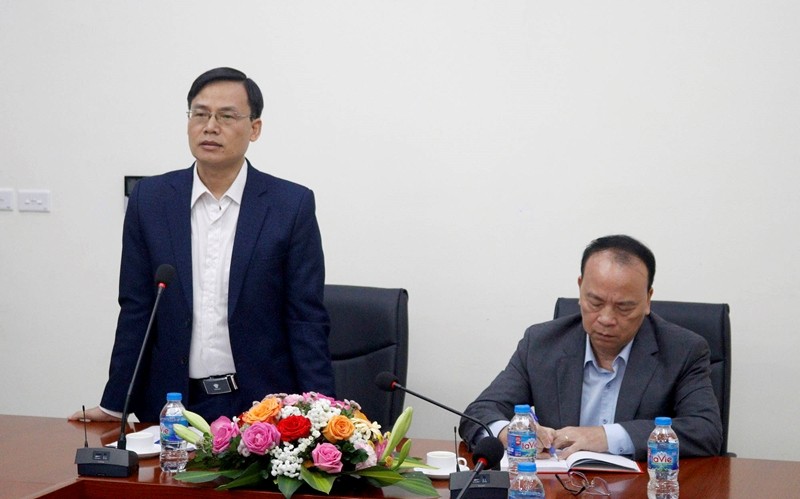Vietnam disinfection robot and medical device creations develop amid COVID-19 pandemic
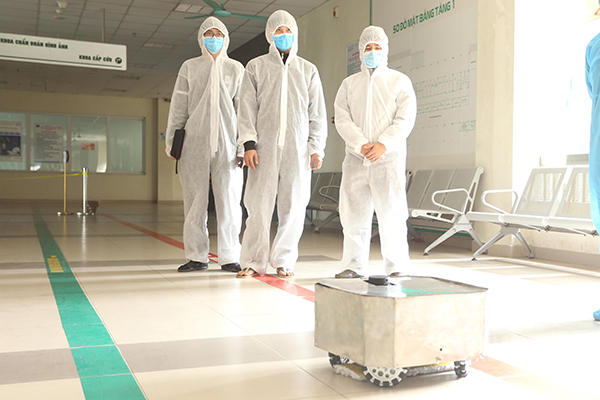 |
| Researchers from the National Centre for Technological Progress have developed a disinfectant robot to clean the floors at hospitals. ( Photo: chinhphu) |
Researchers and scientists from the National Centre for Technological Progress have developed a robot that can disinfect large surfaces quickly to support Vietnam’s fight against COVID-19.
The robot named NaRoVid1 is designed to sanitise the surfaces of hospital rooms. It has been put into trial operation at the National Hospital of Tropical Diseases No2 in Hanoi’s Dong Anh District since April 15. It took the scientists more than two weeks to produce the robot that can be used in the quarantine centers at hospitals.
The Made-in-Viet Nam robot can automatically move and avoid all obstacles on its way thanks to a built-in sensor. The device can easily move into every corner of the room, enabling it to clean and disinfect a wide variety of surfaces. It can also move under the patient's bed and into every corner of the hospital room to clean and disinfect the floor. The robot can move around flexibly by the operator and automatically return to the charging position after finishing its job.
Each robot contains up to 10 liters of disinfectant solution, and once fully charged, it can work continuously for approximately 2 hours. In addition, the robot is designed to disinfect itself before moving out of the room. Mai Anh Tuan, head of the research team, said the design of the robot was based on the suggestions of doctors with the rounded shape made from hygienic materials.
The robot would be sterilised during the course of disinfection spraying operation. The interior of the robot would be disinfected by UV rays.
Tuan affirmed this was a new feature that ensured proper infection control procedures and that the team would continue to improve the robot to better meet the actual operation process.
The centre would coordinate with the production units to transfer technologies, make plans to produce robots in large quantities to aid cleaners at quarantine areas of hospitals.
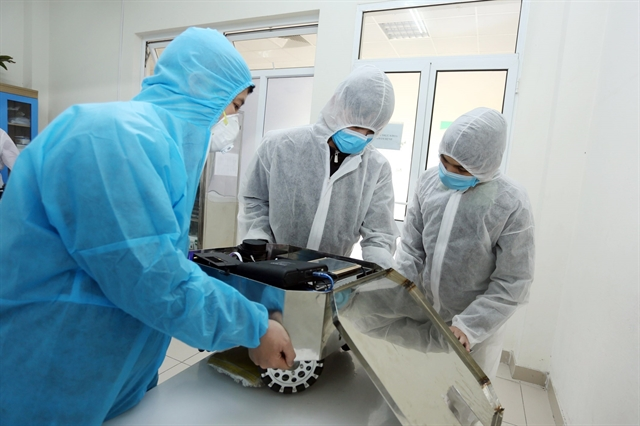 |
| The robot named NaRoVid1 can operate for two hours continuously with its 10 litres of disinfectant solution. ( Photo: vietnamnet) |
Tran Minh Quan, Deputy Director of the Outpatient Department in the hospital was quoted as saying that the robot is expected to back medical workers to save time and minimize infection risks.
In addition, the liquid carrying capacity of NaRoVid 1 greatly reduces the times health workers need to refill disinfectant. In fact, thanks to this robot, they now only come to each room three times a day to add more liquid for the cleaning task happening every 30 minutes.
In the upcoming time, the research team will continue to upgrade this robot to work more effectively, before transferring this technology to manufacturers for mass production to meet the high demands of isolation areas in hospitals nationwide.
Besides, students and lecturers from several universities in the country have made and donated robots and medical devices to hospitals and quarantine areas to serve the fight against COVID-19.
VNA reported that a team from Ton Duc Thang University in Hochiminh City’s District 7 has created two robots that could be used for disinfection and donated them to the quarantine area at the Vietnam National University-HCM City dormitory.
The robots are dubbed CD1.0 and DR1.0, and have replaced humans who used to perform the task of disinfection.
CD1.0 sprays chemicals while DR1.0 disinfects by using UV rays.
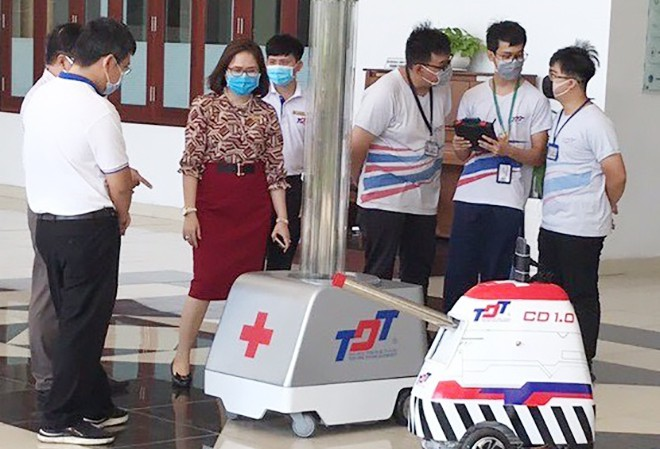 |
| Ton Duc Thang university's two disinfection robots to help health workers avoid direct contact with infectious environments (Photo: dangcongsan) |
They are operated by remote control and have a range of 2,000 metres. They have smart phones attached, enabling users to see their surroundings and control them through video calls.
They both have a maximum battery life of six hours and a maximum speed of 15 kilometres per hour.
Since they can carry nearly 170 kilogrammes, they could also be used to transport medicines, other medical stuff and food besides disinfection.
A team of one lecturer and four students from the Danang University of Science and Technology has made a robot which could replace humans and carry food, medicine and other essential items into isolation rooms at the Danang Hospital for Women and Children.
The university’s students have also made automatic hand santiniser machines and donated them to the Danang Hospital.
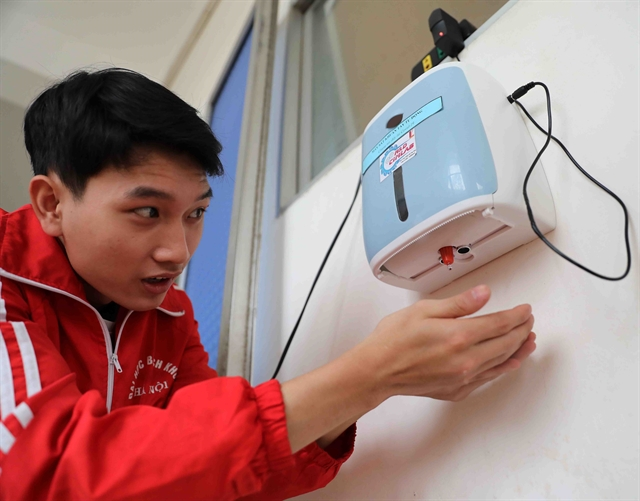 |
| Students of Hà Nội University of Science and Technology have made an automatic hand sanitiser. — VNA |
Scientists from the Military Technical Academy in Hanoi have made a robot which can carry food and medicines to patients, collect rubbish and help doctors and patients interact with each other.
Duy Tan University in Danang has made a ventilator and demonstrated it to the city People’s Committee and departments of Health and Science and Technology.
The DTU-Vent is a non-invasive ventilator that can be used on patients without requiring an endotracheal tube. It provides oxygen to the lungs rapidly through a mask covering the nose and mouth of a patient with respiratory failure or acute lung inflammation caused by SARS-CoV-2.
It costs less than VNĐ20 million (US$850), equivalent to a fourth or fifth of the price of machines sold in the market.
A team from Thai Nguyen University of Technology in Thai Nguyen Province has made a device for measuring people’s temperatures instantly and installed several at the university’s dormitory for foreign students. Students just need to put their hand in front of the device and their body temperature is displayed.
A team from Quy Nhon University in Binh Dinh Province has made devices for sanitising hands and automatically measuring body temperature.
They have been installed at hospitals and state offices in Quy Nhon City.
Deputy Minister of Education and Training Nguyen Van Phuc said the ministry has appreciated the universities for this contribution.
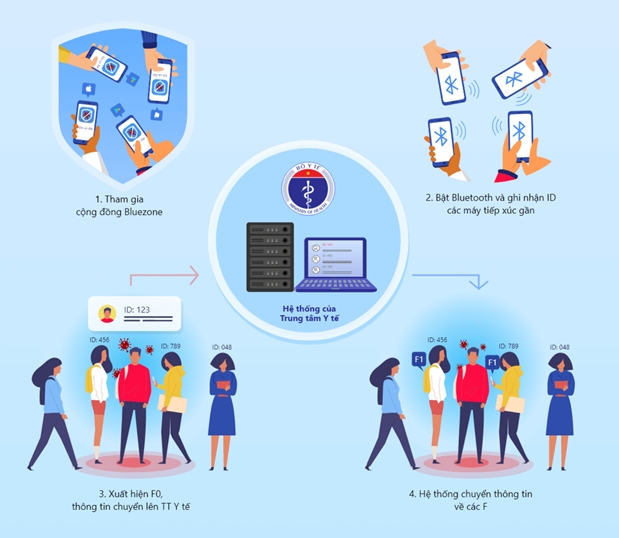 | Vietnam launches first-ever telemedicine app amidst widespread of Covid-19 outbreak The new platform which helps evaluate, diagnose and treat patients from afar via messages and calls have been launched last weekend in a move to ... |
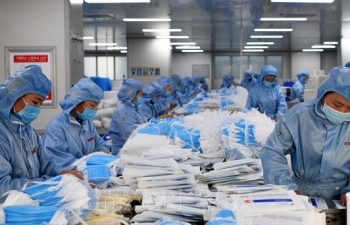 | Vietnam PM allows the export of medical masks Prime Minister Nguyen Xuan Phuc has given his consent to allow the export of medical masks, protective suits, and medical equipment to support other countries ... |
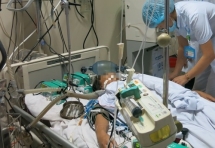 | Seven die while undergoing hemodialysis: police works with medical device supplier Functional forces worked with involved parties to find out the origin of 7 deaths at Hoa Binh General Hospital. The first involved party that has ... |
Recommended
 National
National
Vietnam News Today (May 31): Vietnam Strongly Supports Laos’s National Development
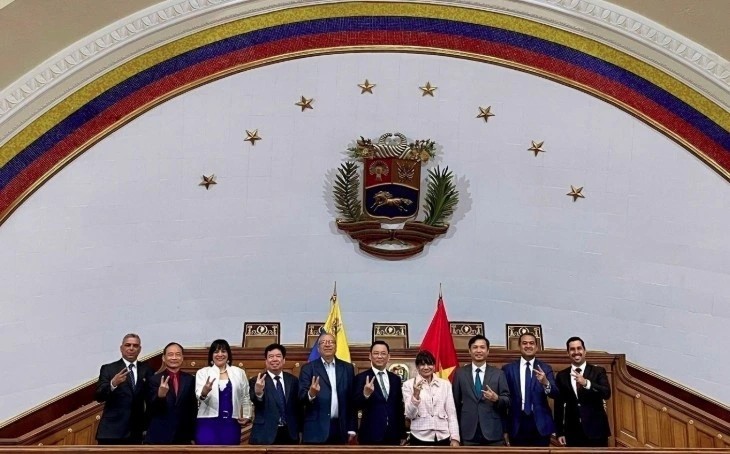 National
National
Vietnam News Today (May 30): Vietnam, Venezuela Reinforce Ties Through People-to-people Diplomacy
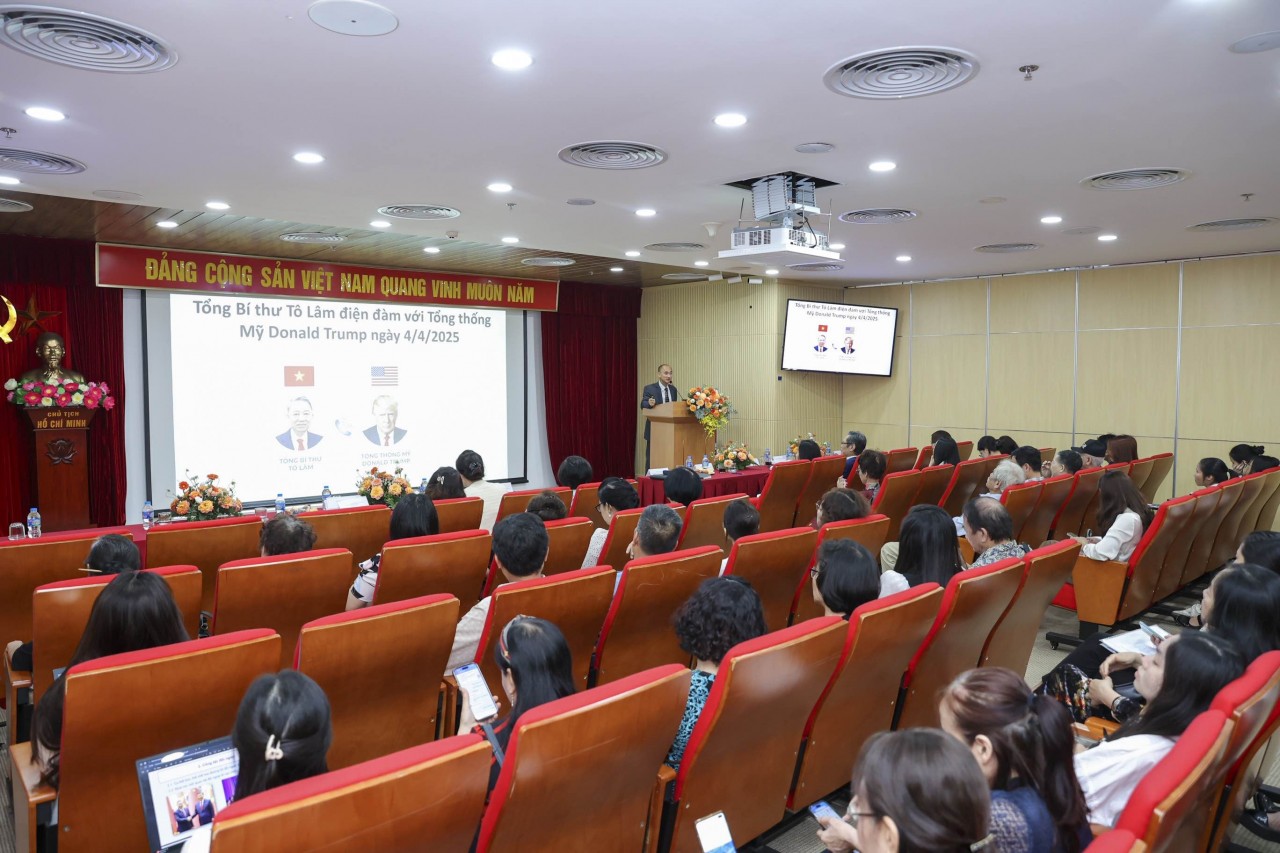 National
National
Vietnam News Today (May 29): Vietnam and Hungary to Expand Cooperation into New Areas
 National
National
Vietnam News Today (May 28): Vietnam and China Discuss Strategic Cooperation Orientations
 National
National
Vietnam News Today (May 27): Vietnam Treasures Multifaceted Collaboration with France
 National
National
Vietnam Commits to Building an Inclusive, Sustainable and Cohesive ASEAN
 National
National
Vietnam Proposes Vision for Responsible Digital Journalism Cooperation
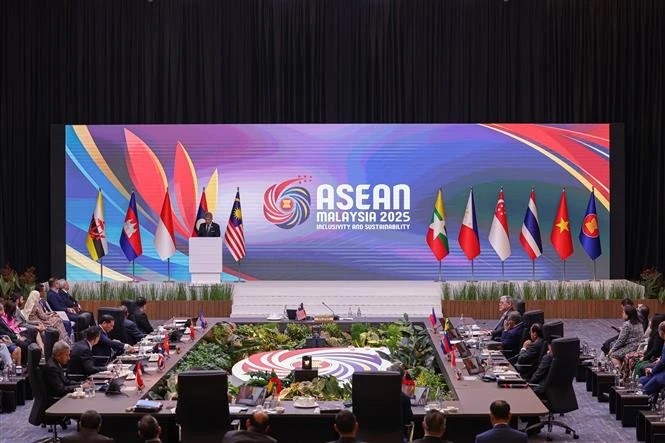 National
National

